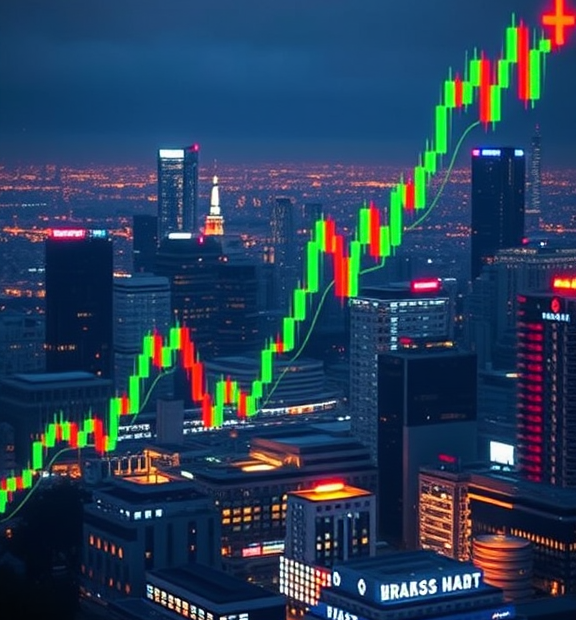Understanding how futures indicate next day trading is crucial for traders looking to optimize their strategies. Futures contracts represent an agreement to buy or sell an asset at a predetermined price at a future date. This function makes them a valuable tool for gauging market sentiment and predicting market movements. By analyzing futures, traders can gain insights into the potential direction of the financial markets.
One of the primary ways futures influence next day trading is through their correlation with underlying assets. For instance, if futures for a stock index are trading higher in after-hours sessions, it often suggests a bullish outlook for the market when it opens the following day. This upward movement can lead traders to position themselves accordingly, buying stocks that are part of that index.
Conversely, if futures indicate a decline, traders may become more cautious, potentially selling off positions to mitigate losses. This interaction creates a feedback loop where futures prices can actively influence the decisions traders make in the next trading session.
Additionally, economic indicators, earnings reports, and geopolitical events can impact futures trading. Traders often monitor these elements, alongside futures prices, to anticipate market reactions the following day. For example, positive company earnings reported after market hours may boost the corresponding futures, signaling a positive opening for the stock in the next session.
To successfully incorporate futures into your trading strategy, consider the following:
- Monitor futures prices during off-hours.
- Pay attention to relevant news and economic data releases.
- Analyze the historical correlations between futures and underlying assets.
- Stay updated on market sentiment reflected in futures trading.
By closely observing how futures indicate next day trading, traders can make more informed decisions, positioning themselves to capitalize on potential market movements effectively.
